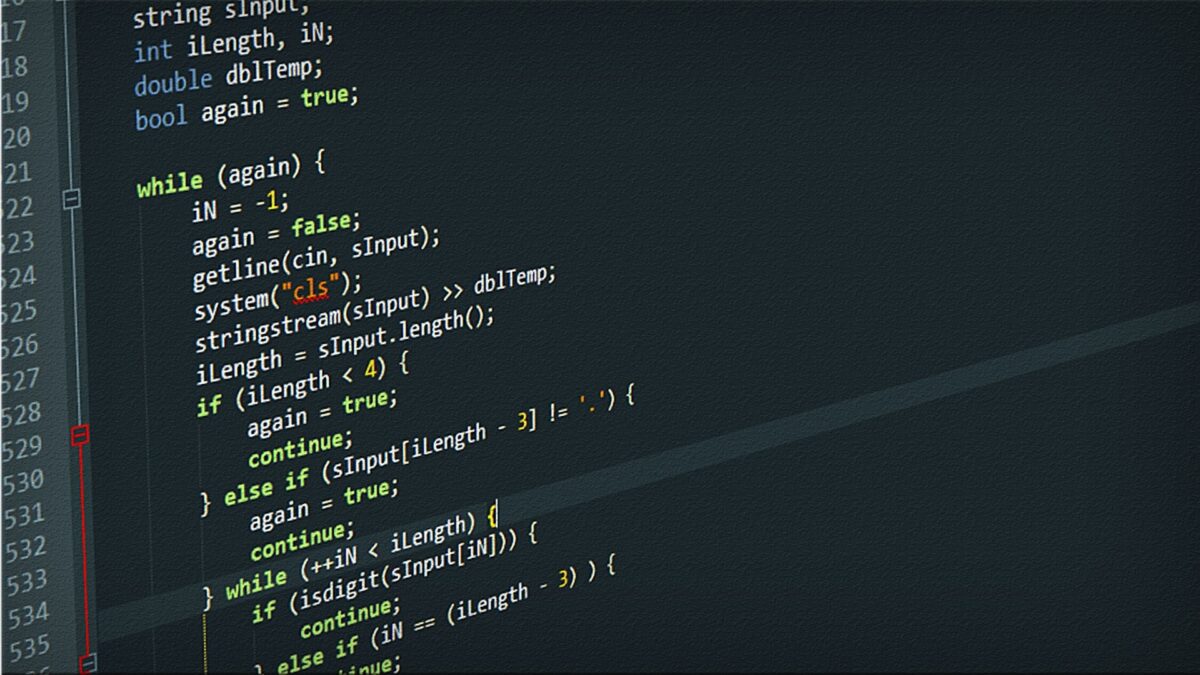Computer science graduates or coders, welcome back!
Today we will look into another problem and figure out the method of solution. To be precise, we will be seeing how by using the dynamic programming approach, one can solve a rod cutting problem.
In this blog post, we will be diving deep into the world of Dynamic programming, its types, remarks and also look at an example rod cutting problem to see how we can solve it with Dynamic programming types.
Let’s get ahead!
What is a rod cutting problem?
Rod cutting is another kind of problem that can be greatly resolved with the use of dynamic programming. While it could be resolved even without the dynamic programming approach, solving it with the DP method can substantially improve it.
Usually the problems would be like say,
A long rod of length n units is provided first. Then we will have to cut the rod in different sizes. Importantly, each size has a different cost associated with it. For eg, a rod of “p” units length will have a cost of cp$. This problem can be easily solved through the Dynamic programming approach.
What is Dynamic programming?
Dynamic programming is an approach that helps with quick resolution of a class of problems with overlapping subproblems and optimal substructure properties. Any problem’s results can be kept for later use if they can be broken down into smaller subproblems. For this process, dynamic programming is used. Moreover, the CPU’s efficiency can be improved in this way. Simply,
- It splits the difficult problem into more manageable subproblems.
- It resolves these related issues in the best possible way.
- It keeps the outcomes of the smaller issues (memoization) ( Memorization is the process of retaining the answers to subproblems and it is a top-down approach which we will look about soon)
- The identical sub-problem is calculated more than once as a result of their reuse.
- It calculates the outcome of the difficult problem.
Dynamic programming approach types
The two types of Dynamic programming approach are:
- Top-down
- Bottom-up
Top-down
The top-down strategy uses memorization, whereas the bottom-up strategy uses the tabulation method. In this instance, caching plus recursion equals memorization. Recursion includes calling the method directly, but caching entails retaining the interim results.
The benefits of this approach are,
- It is quite easy to understand and put into action.
- Only when necessary are the subproblems tackled.
- It is easy to debug.
Bottom-up
The tabulation method is used to implement bottom-up dynamic programming. While still resolving similar problems, the recursion is removed. If the recursion is eliminated, the issue with stack overflow and the overhead of the recursive functions disappear. We solve the problems and matrix the solutions using this method of tabulation.
The benefit is that it prevents recursion and frees up memory. To prevent recursion and conserve memory, the bottom-up method is utilized. While the recursive algorithm begins at the end and works backward, the bottom-up algorithm begins at the beginning. In the bottom-up method, we begin with the simplest instance and work our way up to the solution.
Guide to Rod cutting using Dynamic Programming
Below we will guide you step by step to solve a rod cutting problem with Dynamic programming approach along with examples wherever necessary.
Define the sub-problem
Define Algorithms for dynamic programming typically require recursion of some quantity, such as A[n] or A[n,k], over one or more variables (usually, these variables represent the size of the problem along some dimension). Describe this quantity’s meaning and the significance of the parameters. For instance, we define A[i] as the best profit from cutting a rod of length I in the fundamental rod-cutting issue.
Create a recurrence
After defining the subproblem, you must create a recurrence relation that expresses A[n] as a set of subproblems. Make sure to incorporate your base instances when you do this. For eg:
A[n] = max{P[n],P[1] +A[n−1],…,P[n−1]+A[1]} ,
and for the base case i = 1, we have A[1] = P[1].
Prove that your recurrence is right
The next step is to show that the recurrence is accurate. Typically, you would do this by demonstrating the accuracy of each scenario as you go along. Given a rod of length I for instance, in the fundamental rod-cutting problem, we first consider all of the options:
- Keeping the rod whole
- Cutting the first piece of length 1
- Cutting the first piece of length 2, and so on.
If the first piece is cut at a length i > 0, the profit is P[i], and we now have a second rod of a length n – k. By taking advantage of the problem’s ideal substructure, we then understand that the best profit we can make by cutting the first piece of length I > 0 is P[i] + A[n-k] for this sub-rod of length ni.
Show that algorithm evaluates recurrence
For the method to be considered thorough, you must prove that it never makes reference to a value A[k] that hasn’t yet been computed. For instance, in the rod cutting problem, we just use A[i], A[i2],…, A[0] to compute A[i]. As a result, if we loop for i between 1 and n, we would never refer to an uncalculated value for A[k].
Prove the algorithm’s accuracy
You must show how utilizing the amount A[n], you can return the optimal outcomes for the first problem. It’s evident for the fundamental rod-cutting issue, but this is not always the case.
Conclusion
The dynamic programming approach is a great concept which not only resolves rod cutting problems but also with LPS, LIS, Burning tree, etc. We hope our step by step guide to solve a rod cutting question has helped you clear all your doubts. For further DSA related articles, check out our blog page. Happy coding!


